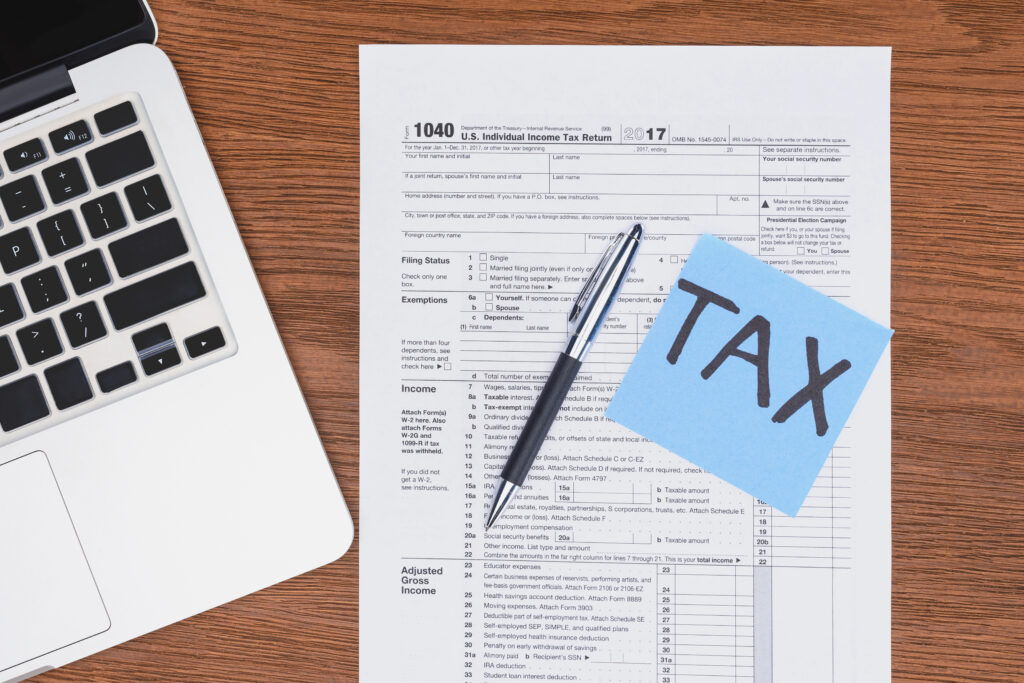Keep Your Profits on Track with Variance Reporting

Patty Hansen
While there are literally hundreds of accounting reports that can help you run your business better, one of the most popular – and greatly underutilized – reports is the variance report. This is one of Your Favorite Orange County Bookkeeper’s favorite tools! A variance report helps you compare how you are actually doing with either a past or expected performance. It makes it crystal clear how far you’re straying from where you want to be so that you can make course corrections earlier rather than later.
Variance Reports for Prior Periods
A common variance report that almost anyone can generate is one that compares current period results to prior period results. For example, you can generate an income statement with six columns:
A. Current month activity, such as March 1 to March 31, 2022
B. Prior year month activity, such as March 1 to March 31, 2021
C. Month difference or variance (A – B)
D. Year-to-date activity, such as January 1 to March 31, 2022
E. Prior-year-to-date activity, such as January 1 to March 31, 2021
F. Year-to-date difference or variance (D – E)
The variance allows you to see, at a glance, whether your sales or expenses have increased compared to last year. Seeing monthly variances is especially important if the business experiences seasonal fluctuations.
You can go one step further to explain the variances in an accounting process called account analysis. Take a look at the components of each number to see what caused the variance. Write your explanation in a notes section of your variance report. It could even be that the change is a positive one. It’s helpful to evaluate what caused any changes, good or bad.
You may not want to spend management time on the small variances. A good financial dashboard, or simply an Excel spreadsheet, can help you color-code the balances that are more than 10 percent (or any percent you feel is material) off track. (In Excel, using the conditional formatting tool to highlight any balances you want to bring to your attention.)
Variance Reports for Budget Planning
You can also develop a variance report that compares current period results to budget. Here, you would generate an income statement with these six columns:
A. Current month actual activity, such as March 1 to March 31, 2022
B. Budget for the same period above
C. Month difference or variance or (over)/under (B – A)
D. Year-to-date actual activity, such as January 1 to March 31, 2022
E. Year-to-date budget, such as January 1 to March 31, 2021
F. Year-to-date difference or variance or (over)/under (E – D)
Do the same thing above, color-coding and explaining the variances using account analysis. How did your budget details differ from what actually happened? If it’s better, can you do more? If it’s worse, how can you get back on track? Performing a timely variance analysis helps you find opportunities to exploit so you can make more money or investigate ways to get back on track faster and minimize loss.
If you’re not already receiving variance reports, would like help creating a budget, or would like to better understand variances in your business, please feel free to reach out to Your Favorite Orange County Bookkeeper at Team One Accounting.
Related Posts
Giving Thanks: Celebrating the Season of Gratitude as a Small Business Owner
By: Charlotte Van Dyck As the year winds down and Thanksgiving approaches, it’s the perfect time for small business owners to pause and reflect. Not just on profits and goals, but on the people and partnerships that make their success possible. The giving season offers more than a chance to say, “thank you.” It’s an…
Read MoreTax Season (Finally) Wrapped Up? How to Stay Ahead for Next Year
By: Charlotte Van Dyck If you’re a small business owner who filed for an extension, congratulations, you made it! The October tax filing deadline marks the official end of the prior year’s tax season, and for many business owners, it’s a huge relief to finally cross that finish line. As the rush of extensions winds…
Read MoreThe Detective Work of Bookkeeping: Solving the Mysteries in Your Numbers
By: Charlotte Van Dyck October is the perfect time for a little mystery, and in bookkeeping, there’s plenty of it. While we may not be chasing ghosts or haunted houses, we do spend our days tracking down missing receipts, uncovering financial “phantoms,” and solving the occasional spooky surprise in a business’s books. At Team One…
Read More


